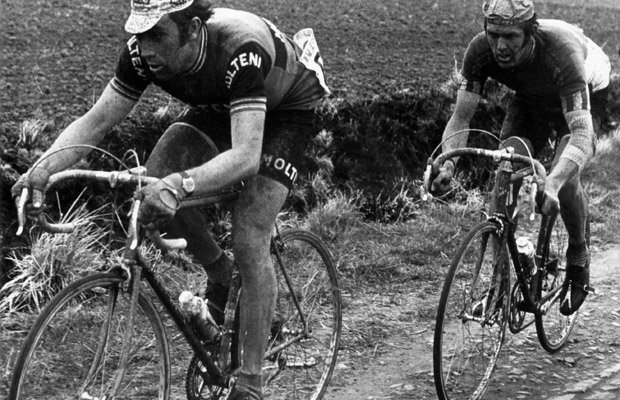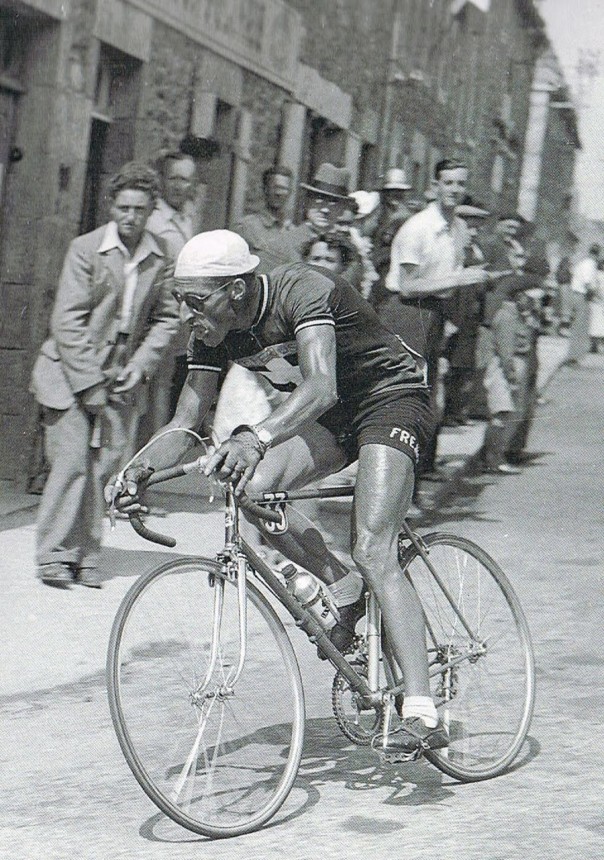Whaddya mean Dave? It's the thought that counts? :)
I don't regard intentional close passes being any safer than accidental ones. Anger makes people make rash decisions & it still doesn't allow for misjudgement as the red mist descends.
Yep, very much about the thoughts because unless you're dealing with a psychopath the problem isn't people deliberately running you down, but lack of anticipation (or simply failure to pay attention). If you read a roundup of local fatalities what proportion do you think were in cold blood? It's extremely rare as a subset of an event that is already enormously rare.
The other obvious point is that when you ride wide in the road, at least in town, there are fewer overtakes in absolute terms. When I ride through a pinch point wide and it's physically impossible to pass me, no data would be recorded by the experimental rig.
Before and after, the motorists waiting behind are able to get past and wherever they position themselves, I've reduced the passing distance by riding closer to them. So instead of X dodgy overtakes at a pinch point and generally being further from traffic the rest of the time, there are no dodgy overtakes at pinch points at all, but the actual passes are closer.
That's why a metric of absolute distance isn't very interesting.
Similarly, the average passing space when wearing a helmet might be only a couple of cm less, but IIRC the number of passes < 1m (which I think is the DfT's "close" definition?) increased by 23% when a helmet was worn.
The observation only applies to however many thousand overtakes were measured on whichever road was used down south, obviously, but I guess the option is there for anybody to disprove it just by repeating the experiment elsewhere?

 closed
closed




 posts
posts
